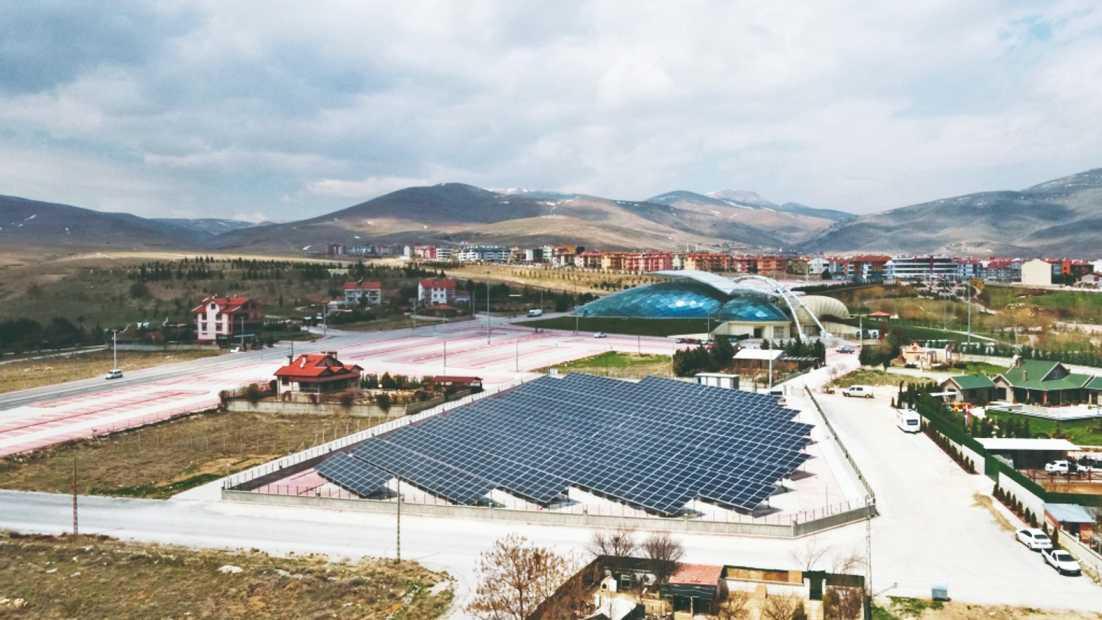
The Selçuklu Municipality of the Central Anatolian province of Konya has drawn attention by producing energy from solar panels and preventing the cutting of thousands of trees and tons of carbon emissions.
In the first step of the project, solar panels were placed on the municipal services building, by which approximately 15 percent of the electricity need of the building was obtained, while in the second step, the panels were installed in the Tropical Butterfly Garden and 55 percent of the electricity need of the garden was met.
In addition, 90,105 kW of the total 827,000 kW of electricity produced was sold to MEDAŞ, the region’s electricity distribution office, while the municipality prevented 366 tons of carbon emissions with its investments.
“Solar power plants are the most common system in terms of using the available energy in the most efficient way,” Selçuklu Mayor Ahmet Pekyatırmacı said, reiterating that it is very crucial to use natural resources efficiently.
“We, as the municipality, are carrying out these works to produce our own energy and save money, as well as to protect nature,” the mayor added.
Pekyatırmacı also pointed out that the municipality is planning to build a new 3.6 MW project in Selçuklu’s Bağrıkurt area.
“With the power plant to be established in Bağrıkurt, we are planning to generate the electricity needs of all the facilities of our municipality from renewable energy sources, and we also want to create a new source of income for our municipality,” Pekyatırmacı said.
The system installed on the roof of the municipality building saves nearly 185,000 Turkish Liras, while the one in the Tropical Butterfly Garden saves over 550,000 liras annually, according to the officials.
The tropical garden, which is one of the largest of its kind in Europe in terms of its butterfly flight area, has an area of 7,600 square meters, including a 3,500 square meter visitors’ area.
In addition to its special nutrition system, light, heat and humidity environment, the conditions created with approximately 20,000 plants of 106 species offer a natural habitat for butterflies from tropical countries.
The butterflies in the garden are fed with seasonal fruit cocktails such as watermelon, peach and cherry during the summer period. Butterflies feed on tubes under their heads, which look like a spiral when closed and resemble a proboscis when opened.
The garden is not only a frequent destination for local and foreign tourists in the city but is also a center of attraction for shutterbugs as these butterflies create wonderful images while consuming their fruits.
Selçuklu, with a population of 682,514, has an arid climate with very hot summers and snowy winters. Although the precipitation average is lower than the surrounding provinces, precipitation in rainy years is sufficient for agriculture.
Konya, which has the highest solar power capacity in Türkiye with 914.9 MW, is home to the country’s biggest solar power plant in the Karapınar district, which will generate 1,000 MW of power when completed.
The power plant, which is expected to be completed in mid-2023, will generate 2.6 million kWh of power annually, according to the officials.
Konya is followed by Ankara, with 390.9 megawatts of installed solar capacity, and the southeastern province of Şanlıurfa, with 376.7 megawatts.